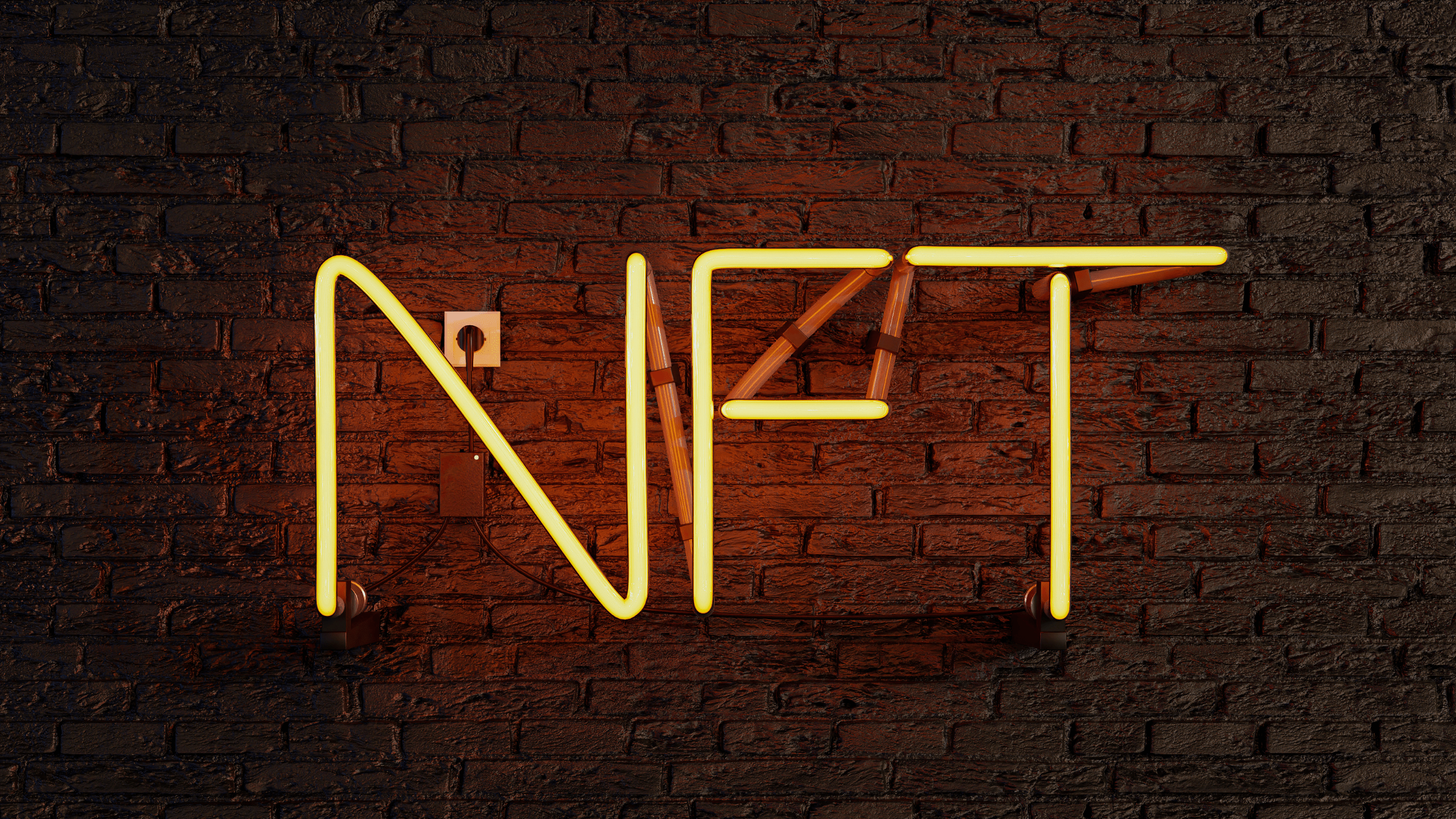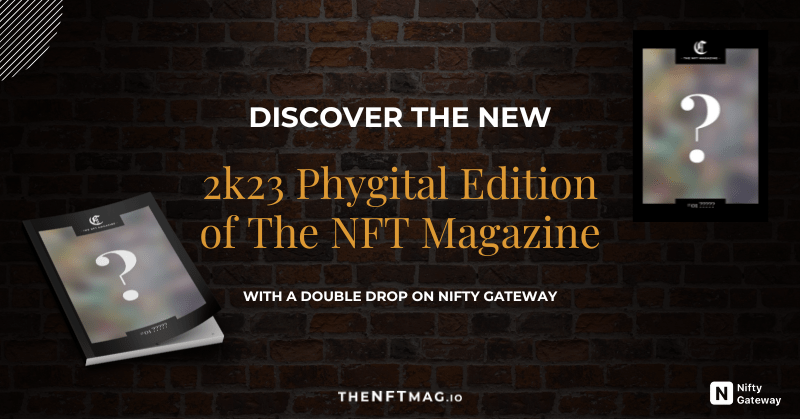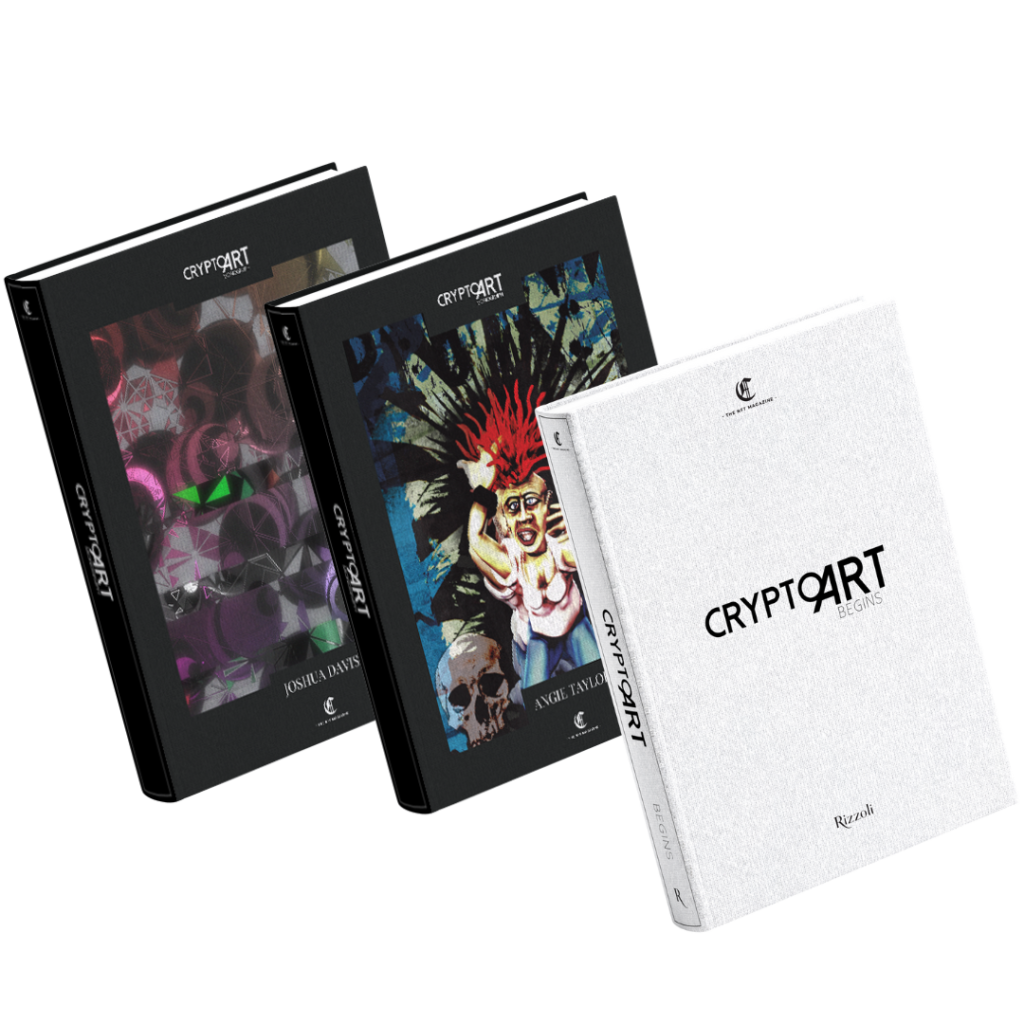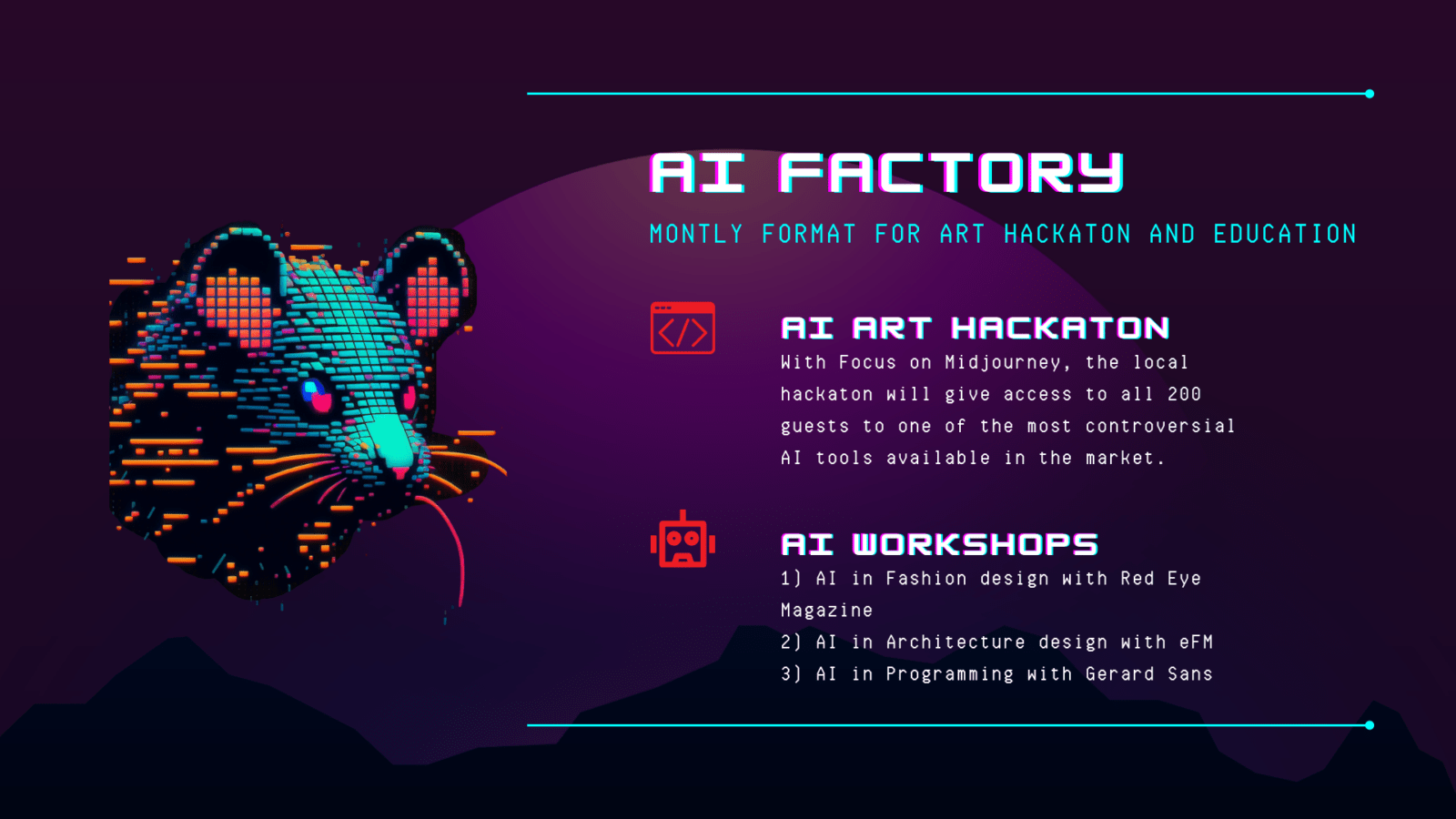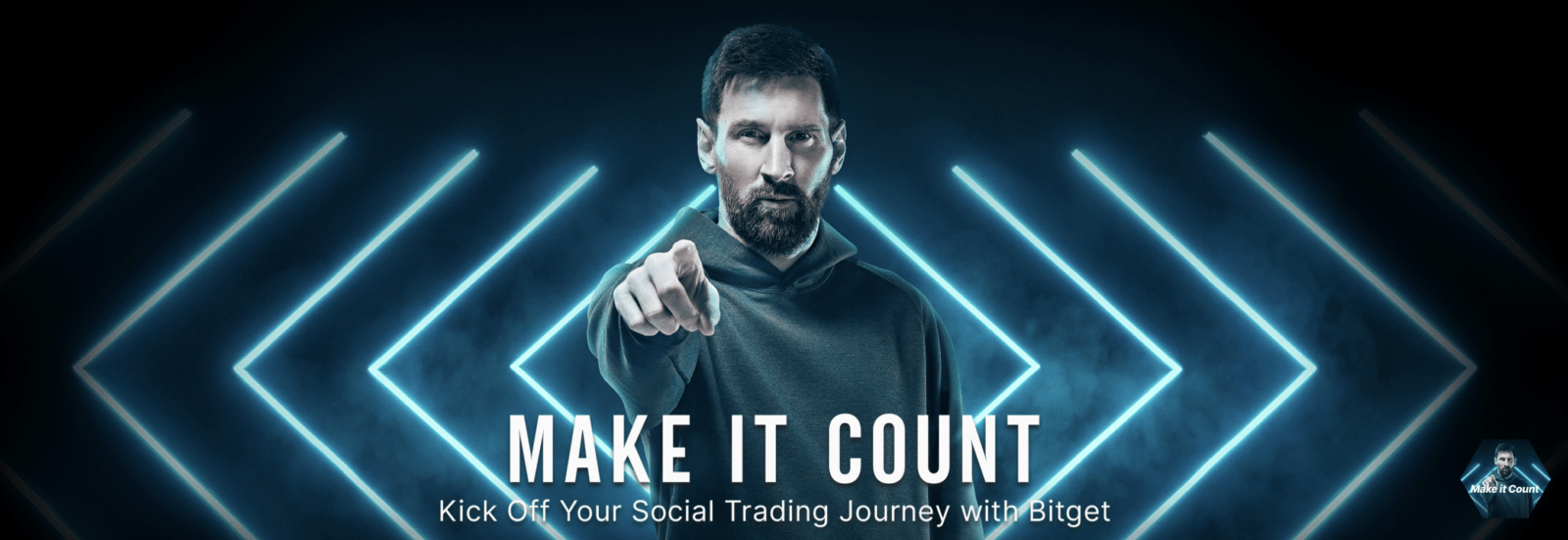Several tools allow you to examine on-chain and off-chain data regarding NFTs.
Non-Fungible Tokens are cryptocurrency tokens for all intents and purposes; only they are not fungible. They are not interchangeable with each other because each one is specific (while, for example, all ETH tokens are, in fact, equal and interchangeable).
That causes each one to be registered on a public blockchain, which anyone can examine. The first tool to consider is ultrasound.money, a website that allows you to examine the Ethereum blockchain.
Ethereum is still by far the most widely used blockchain globally to create and exchange NFTs, so it should be taken as a reference point.
This tool is not specifically about NFTs, but about the Ethereum network and precisely about transactions, including gas and burn.
Gas is nothing but the cost of transactions recorded on the blockchain, while burn refers to the destruction of ETH tokens resulting from the payment of fees over the base rate.
Note that the OpenSea NFT platform is by far among the biggest contributors to ETH burns. Every time an NFT on Ethereum needs to be sent from one wallet to another, it is necessary to perform an on-chain transaction (to be recorded on the blockchain), which involves the payment of a fee in ETH. A portion of these ETH paid as fees are burned and destroyed forever.
To get an estimate of gas costs, you can use BlockNative.com‘s gas estimator, which shows the current cost of gas in Gwei for different levels of speed of blocks confirmation on the network. In fact, the more you want a transaction to be validated fast, the higher are the fees to pay.
